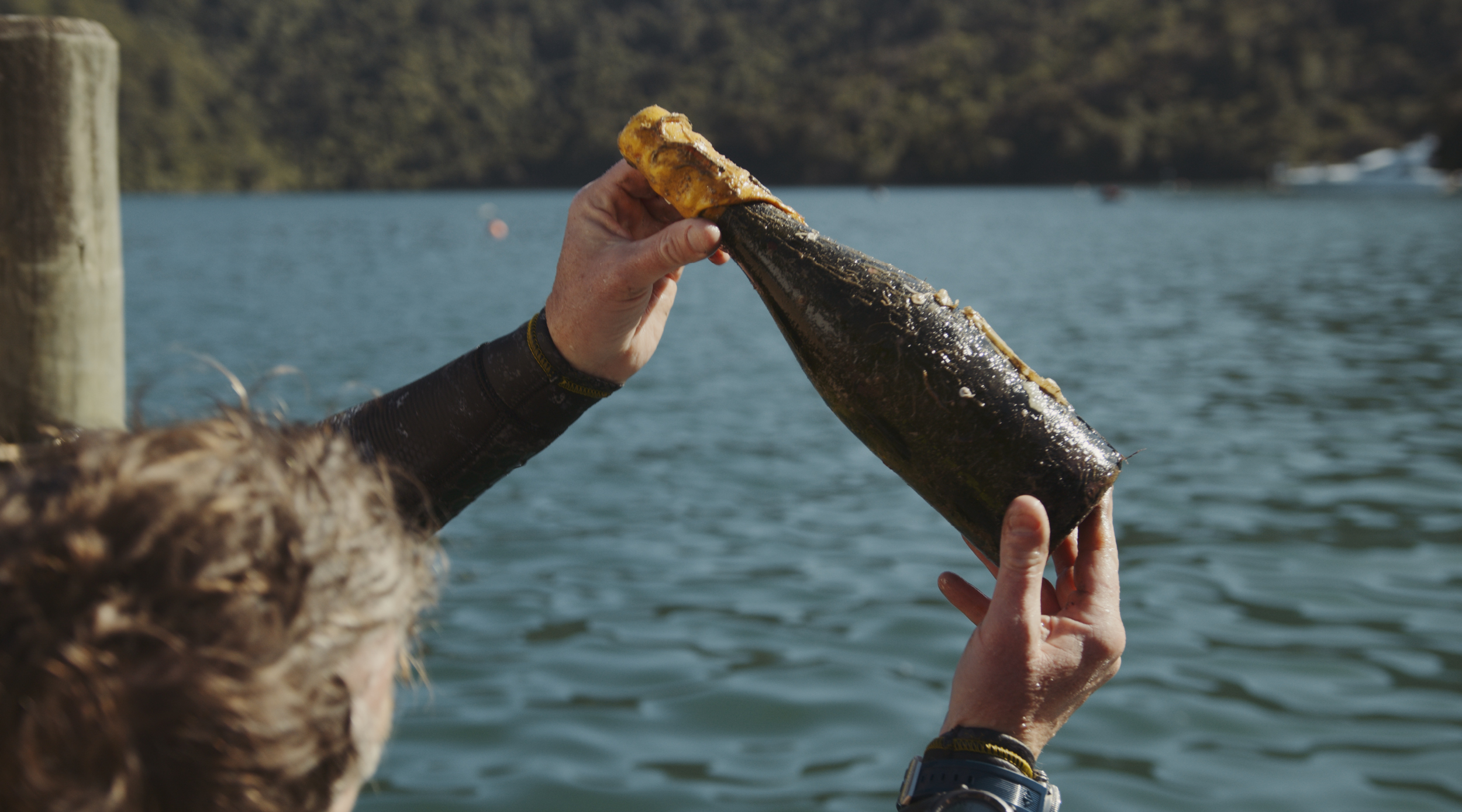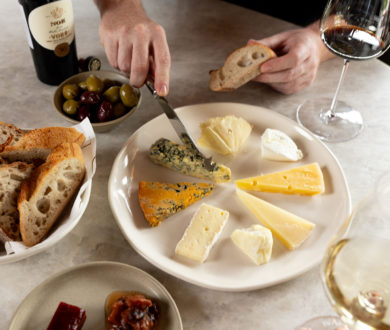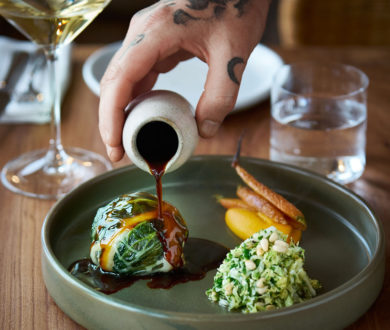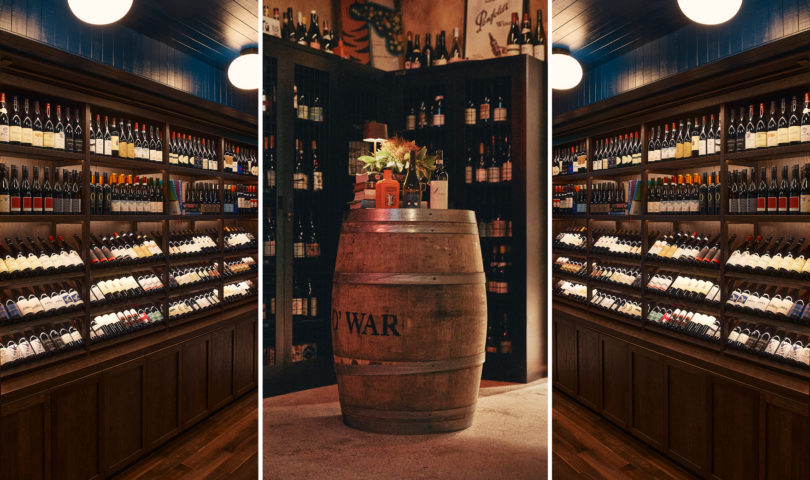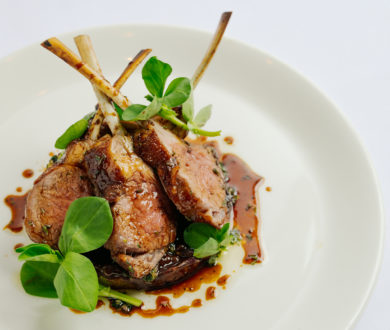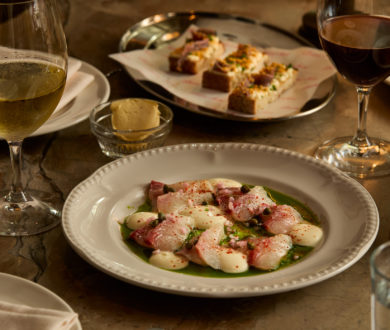LV by Louis Vavasour — a pioneering and spirited wine brand from Marlborough’s Awatere Valley, has upended tradition with the release of its LV Ocean-Aged Marlborough Methode Traditionnelle. New Zealand’s first sparkling wine aged in the depths of the ocean, this innovative experiment pushes the boundaries of sparkling wine production — exploring the influence of the ocean environment on the maturation process.
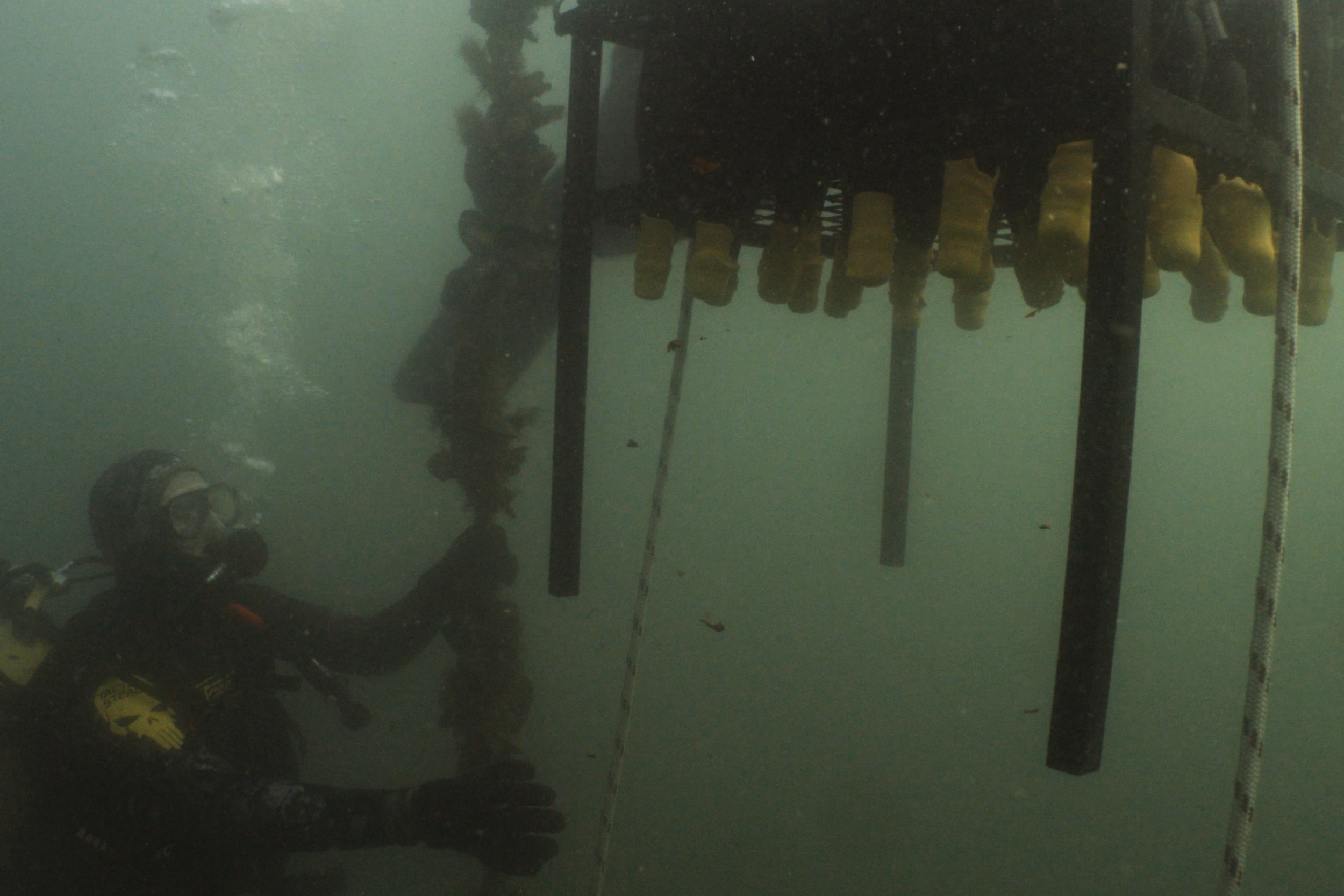
Inspired by a historical account of unearthed champagne bottles from a shipwreck still drinking beautifully, Louis Vavasour embarked on a controlled experiment to explore the potential effects of the ocean environment on premium sparkling wine. Vavasour submerged specially designed cages containing bottles of LV Methode Traditionnelle 25 meters deep in the waters of the Marlborough Sounds for an 18-month period, before a meticulously conducted retrieval.
Industry experts Master of Wine Simon Nash and Master Sommelier Cameron Douglas conducted a blind comparative tasting, with both surprised by the results. Compared to the cellar-aged LV Methode Traditionnelle, which maintained its classic elegance, the ocean-aged expression displayed remarkable freshness and drive. A definitive variation in the wine’s profile was clearly identified, influenced by the unique environment of ocean ageing on the sparkling wine’s characteristics — thus presenting an exciting new take on premium sparkling wine.
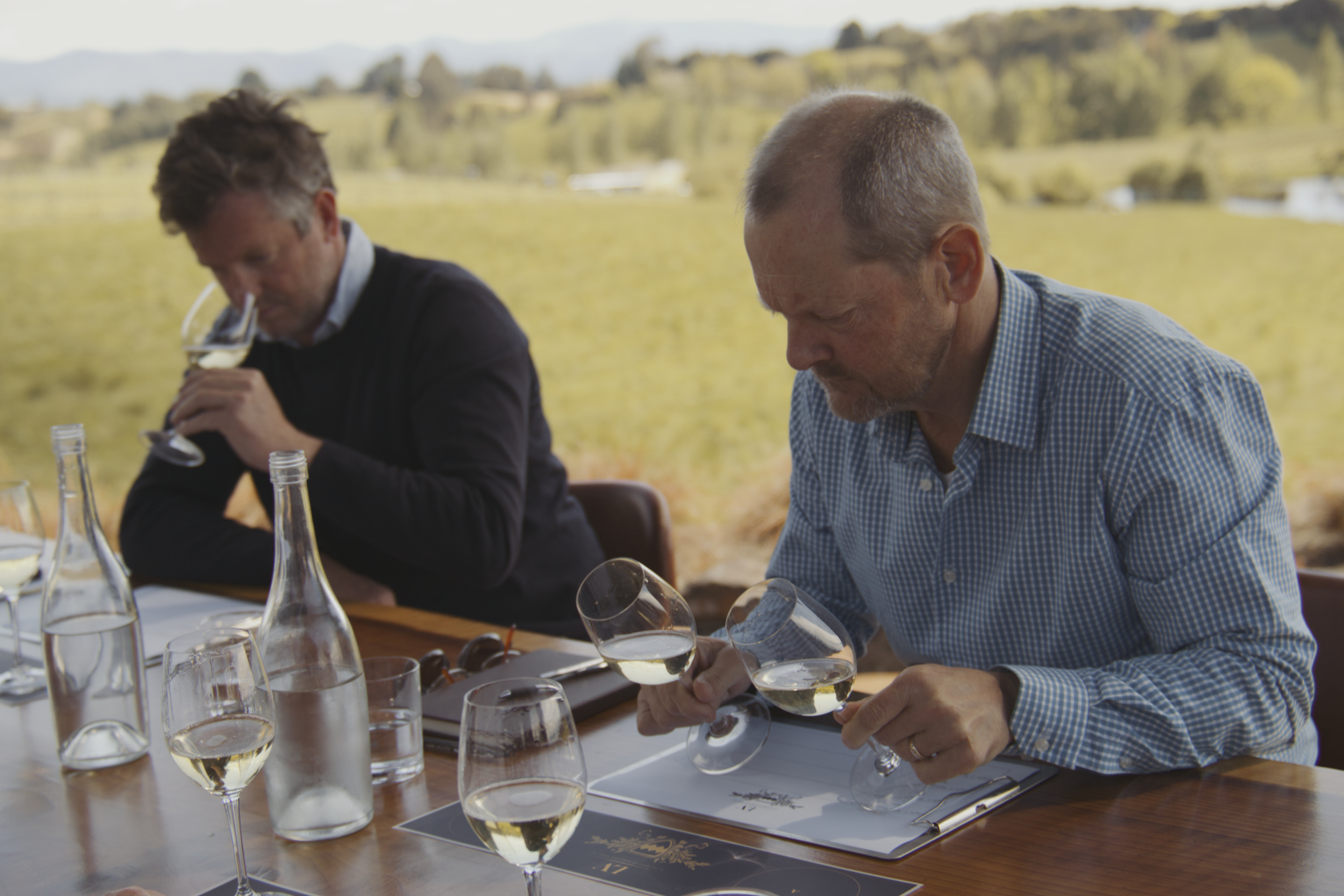
Now available to purchase, this limited-edition release features only 50 exclusive two-pack cases, offering a side-by-side comparison of the contrasting profiles of both the traditional cellar-aged Methode Traditionnelle, and the revolutionary ocean-aged Methode Traditionnelle from the same bottling. Each case offers a unique opportunity for discerning wine enthusiasts to experience a groundbreaking innovation in sparkling wine.
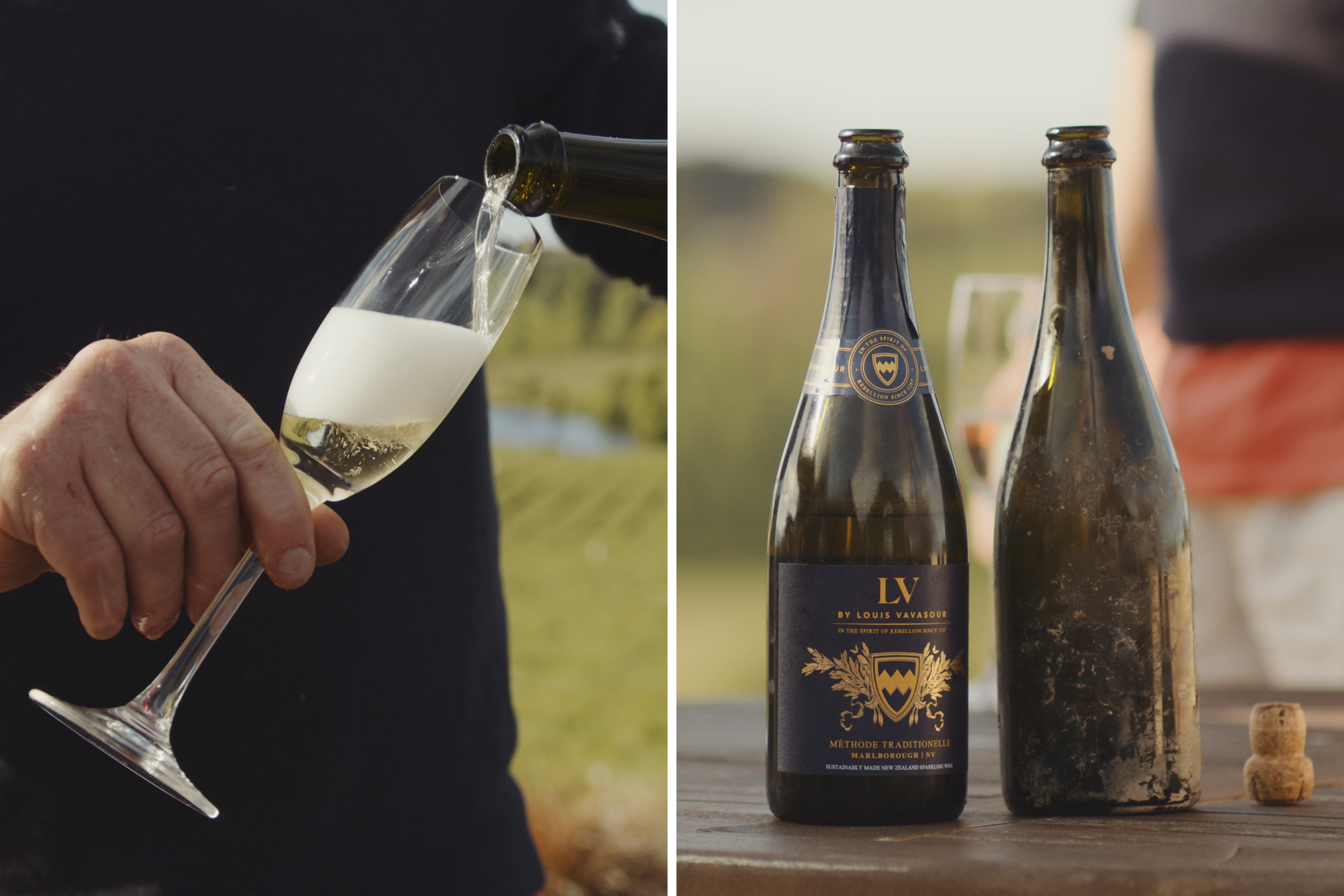
“We are excited to unveil this limited release and share the results of our exploration,” says Louis Vavasour. “The LV Methode Traditionnelle, both cellar-aged and ocean-aged, represents our ongoing commitment to quality and exploring new possibilities within the world of sparkling wine. This project underscores our dedication to continuous improvement and pushing the boundaries of what is possible.”
The LV Ocean-Aged Marlborough Methode Traditionnelle is more than a sparkling wine — it’s a testament to the spirit of innovation and the boundless potential of New Zealand’s winemaking legacy. By daring to challenge tradition, Louis Vavasour has not only crafted a novel wine, but also opened a new chapter in the art of sparkling wine production.
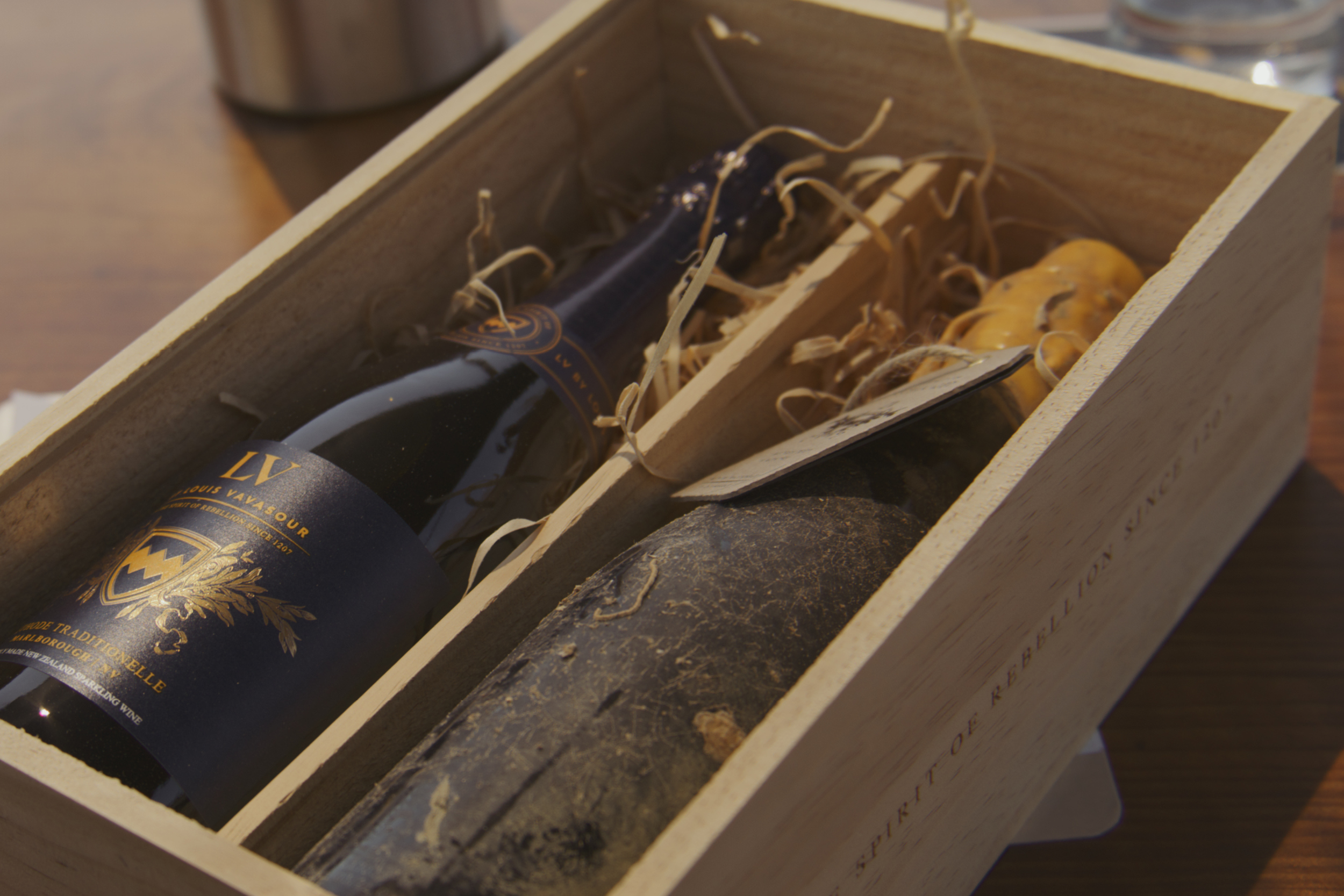
Available exclusively through the Gravity Cellars Cellar Door and the LV website, this limited-edition case is the perfect addition to any well curated collection, or thoughtful gift for enthusiasts this festive season.
Here, we chat to Louis Vavasour about his journey, the ocean-aging process, and what’s next for the innovative winemaker.
Tell us about your background?
I grew up in the lower Awatere Valley watching my parents, Peter and my late mother, Anna
Vavasour, plant the first vineyard and build the first winery in the area in 1986. Their pioneering
spirit ignited my passion for winemaking, setting the course for my future. I became a flying
winemaker to expand my horizons, gaining invaluable experience working vintages across France,
Australia, and the USA. Driven to refine my expertise, I then obtained my degree in wine marketing
at the University of Adelaide before returning home to craft wine under my brand, Awatere River.
This journey laid the foundation for my approach—blending tradition with innovation—to create
exceptional wines that embody the essence of the valley I proudly call home.
What initially inspired the ocean-ageing process?
My love of Champagne led me to craft Méthode Traditionnelle sparkling wines from the vineyard I
planted in the hills surrounding my home. Growing up, I spent cherished time with my family in the
Marlborough Sounds, a place that I always felt deeply connected to. Back in 2017, Shalom Rofe, my
friend and trusty gardener, told me about a shipwreck off the coast of Croatia that had been discovered with 230-year-old Champagne still drinking beautifully. That story piqued my curiosity.
The Marlborough Sounds seemed like the perfect place to explore the idea further—I had to find out what would happen if I used the sea as the cellar for my Méthode Traditionnelle. What effect would the ocean have on the wine?
How did you go about it, from idea to bottles in cases?
After prepping the wine by triple-waxing the bottles, Shalom and I set to work designing homemade steel crates to cellar them in the ocean. After some trial and error, we eventually built two sturdy crates capable of securely holding and submerging just under 100 bottles.
Once ready, I rounded up a few mates—Shalom, Jono Bristed, and Kurt Lindsay, and we headed out to the Marlborough Sounds near my family’s bach to give it a crack. Eighteen months later, we returned with our dive gear, ready to locate and retrieve the crates. We had no idea if the wine would still be intact, nor were we entirely sure we’d even find them again—to be honest, I was just happy to find it all in one piece and not pirated! With some careful manoeuvring, a bit of Kiwi ingenuity and lift bags, we raised the crate of ocean-aged wine to the surface. Swimming it back to shore was an incredible moment, seeing that the experiment was one step closer—the wines were intact after 18 months on the ocean floor.
From there, I wanted to share the results of this experiment with those who wanted to be part of our story. That’s when the idea came to offer a limited release of bottles, presented in a two-pack case: one bottle aged traditionally in our winery’s cellar and the other aged on the ocean bed from the same batch. It’s a unique opportunity to experience the remarkable differences between the two and to celebrate this incredible journey.
What surprised you most about the process? What did you learn along the way?
What surprised me most was the level of unpredictability throughout the process. From the
uncertainty of whether we’d even find the bottles intact or if it was even there, I had tried to keep it a secret so after 18 months to discover it was not only there but to then work through just how
much the ocean environment could influence the wine, every step revealed something unexpected.
That unpredictability became part of the adventure—and part of the wine’s story.
One of the biggest lessons was how the ocean’s conditions, like tidal motions and consistent pressure, seemed to amplify the wine’s freshness and energy hugely. The visual contrast in the corks between the ocean-aged and cellar-aged bottles was striking, but the real revelation was in the wine itself. It challenged my understanding of maturation and opened my mind to the idea that something as dynamic as the ocean could play such a significant role in shaping a wine’s character. This experiment has been as much about learning as it has been about creating, and I’m excited to
see where it leads next.
How did this unique style of maturation impact the wine?
The unique underwater maturation process had a striking impact on the wine. Submerging the
bottles 25 meters deep in the ocean created a stable environment with consistent temperatures, full darkness, and high pressure—conditions that closely mimic the ideal cellaring conditions of
Champagne’s chalk caves. This environment slowed the ageing process while enhancing the wine’s
freshness and energy.
The ocean-aged wine showed a remarkable drive and vitality, almost as if the bubbles were supercharged. This difference was immediately apparent from the corks—the ocean-aged corks were significantly more expanded in the bottles compared to their cellar-aged counterparts. The texture of the wine was electric, with more persistent and refined bubbles, while the flavour profile retained a crispness and vibrancy that set it apart from the traditionally aged wine. This maturation method delivered a wine that was both distinctive and exhilarating.
Is ocean-ageing something you will continue to build on within LV?
Ocean ageing is definitely something we’re continuing to build on within our LV wines; in fact, we’ve just put another crate down this week as part of Experiment V2.0.
This time, we’re exploring a different stage of the Méthode Traditionnelle maturation process by ageing the wines on tirage, which means on their lees. We’re particularly curious to see how the motion of the ocean and tidal variations affect autolysis—the process in Champagne where the dead yeast cells that consumed the grape sugars and produced alcohol break down, releasing those iconic bread and toast flavours found in fine Champagne. This is a step beyond our first experiment, where we submerged finished wine to study the impact of Ocean cellaring and the tidal influence. By experimenting with lees ageing under the sea, we’re diving deeper into how the ocean environment could influence the development of complexity and texture in sparkling wine. It’s an exciting journey, and I’m eager to see what we learn from this next chapter.
What’s next for LV?
The journey of innovation and exploration continues. We’re not stopping at ocean-aging; we’re
pushing boundaries, exploring how the ocean’s unique conditions influence wines at different stages of their maturation. Beyond that, we remain focused on crafting exceptional wines that tell a story—of place, of process, and of passion. Whether through new experiments, collaborations, or simply perfecting what we already do, our mission remains the same: to create wines that reflect my pioneering spirit. Stay tuned— there is another project I am working on, but it’s even more elaborate, if we pull it off and that’s a big if, I’m sure you will hear about it!

